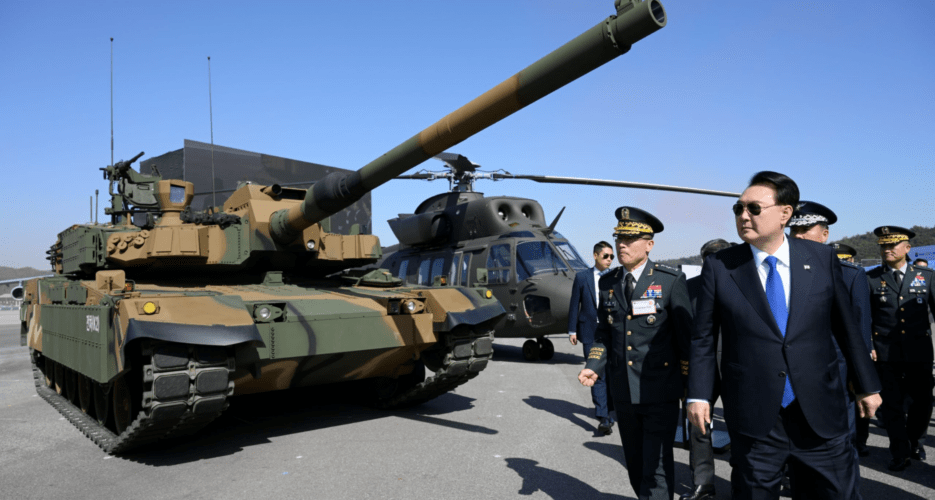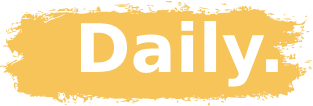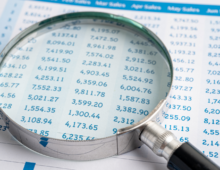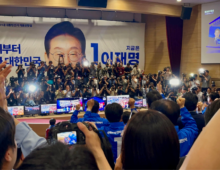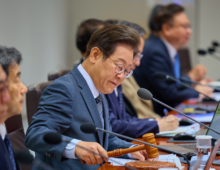South Korea’s rapid advancement in arms trade brings new competitive pressures to the European defense industry
As Europe grapples with conflict on its eastern borders, South Korea’s arms industry has stepped up, challenging the established European defense industries.
However, this surge in South Korea’s arms exports is causing a stir in the European defense market. This development has elicited mixed reactions: while some industry players in Europe see room for a new entrant, others are concerned about the potential impact on their businesses, highlighting broader systemic issues within the continent’s defense sector.
As Europe grapples with conflict on its eastern borders, South Korea’s arms industry has stepped up, challenging the established European defense industries.
However, this surge in South Korea’s arms exports is causing a stir in the European defense market. This development has elicited mixed reactions: while some industry players in Europe see room for a new entrant, others are concerned about the potential impact on their businesses, highlighting broader systemic issues within the continent’s defense sector.
Get your
KoreaPro
subscription today!
Unlock article access by becoming a KOREA PRO member today!
Unlock your access
to all our features.
Standard Annual plan includes:
-
Receive full archive access, full suite of newsletter products
-
Month in Review via email and the KOREA PRO website
-
Exclusive invites and priority access to member events
-
One year of access to NK News and NK News podcast
There are three plans available:
Lite, Standard and
Premium.
Explore which would be
the best one for you.
Explore membership options
© Korea Risk Group. All rights reserved.
No part of this content may be reproduced, distributed, or used for
commercial purposes without prior written permission from Korea Risk
Group.
